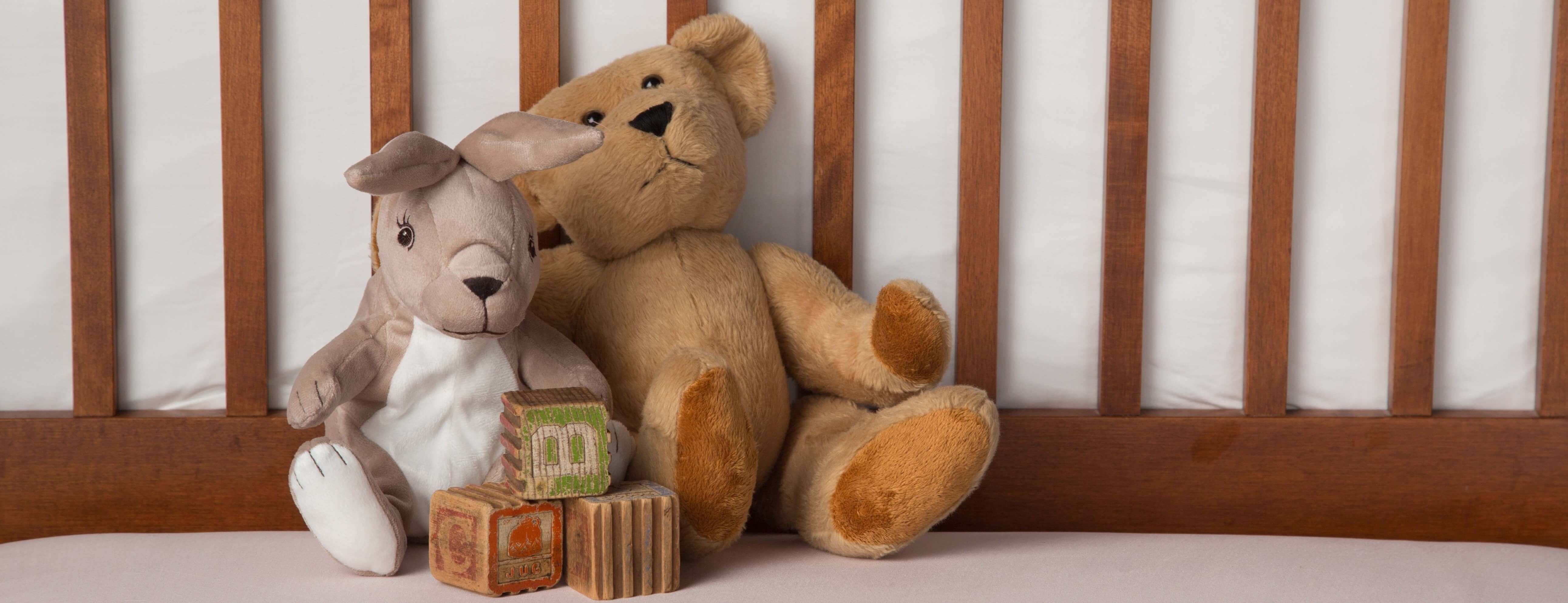While contact lens technology has improved over the years, our eyes still need the same gentle, tender care. Just like the rest of your body, your eyes need oxygen to function properly.
There are 41 million people in the United States who wear contacts and do not follow the proper instructions for usage.
By wearing contacts you are putting a plastic barrier between the air and your cornea, the part of the eye that most needs oxygen in order to function properly. When sleeping with contact lenses, you are essentially cutting off all oxygen supply to your corneas. This can lead to abrasions, infections, corneal ulcers and, in the worst instances, loss of sight.
A recent study from the CDC shows that nearly one in five contact lens-related infections results in serious eye damage.
If that’s not enough reason to stop sleeping with contact lenses, consider the fact that corneal infections can worsen into corneal ulcers, where microorganisms start to eat away at the cornea. The best outcome from this still results in damage to your eye. The worst case scenario will cost you an eye.
The only way contact lens wearers can limit their risk for an infection is by practicing safe handling, storage and cleaning. Purchasing one-day, disposable soft contact lenses that should be thrown out after each wear is another way to avoid the possibility of eye damage.
In order to prevent eye infections and irritation, take your contacts out before bed, just before or just after you brush your teeth. Use fresh contact solution and inspect your contacts for tears or other small imperfections that may cause harm to your eye.
Sleeping with contact lenses is something you should avoid at all costs. The risk of damaging your eyes or potentially losing one is not worth it. The best night's sleep is the most comfortable one. So in addition to taking out your contact lenses, be sure you're sleeping on SHEEX to get the most restful and restorative sleep possible.
























